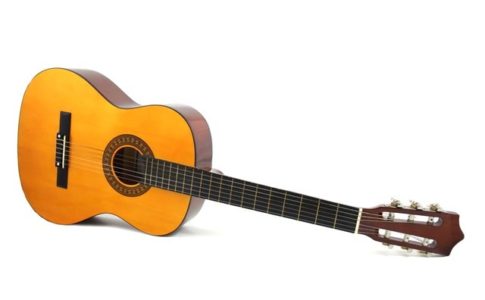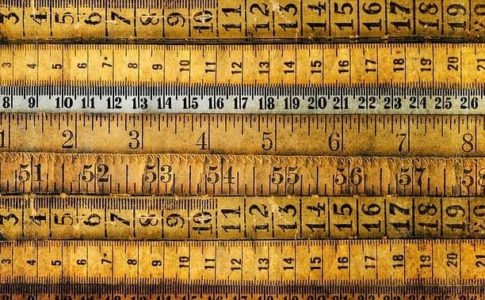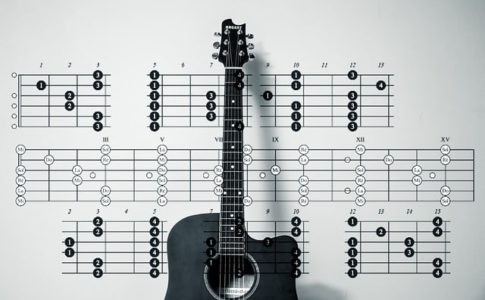Let’s study Whole Tone Scale.
The following two patterns are all you need to know so it is very easy to remember.
A: Six notes from C each separated from its neighbors by the interval of a whole step.

B: A: Six notes from D♭ each separated from its neighbors by the interval of a whole step.

The scale sounds most natural on an aug7 chord but you can also use it on dominant 7th chords and minor 7th chords.
Which would you use in Cm7, A or B?
I recommend that you use B when you are going back to Cm7.
Lastly, I’ll show you how to make outside phrases with triads.
Use the following triads in Cm7 (Key of Bb)
「E♭ Triad」「F Triad」
「B♭ Triad」「G Triad」
「A♭ Triad」「D Triad」
「B Triad」
There is an approach called “Superimposing” in which a totally different chord changes is superimposed on Cm7. Let’s look at an example.
Contents
Triad #1
Triad #2
This is a very creative approach and you can make various combinations to create very powerful outside phrases.
You can freely superimpose any chords you want as long as it sounds good.
I’ll end this program with the next video, in which I’ll use the approaches I have shown you in this class.
Improvisation on Cm7
This is the end of the Advanced Class 1. Remember the examples used in this lesson are not the only ways to make phrases interesting. Please continue to experiment, but most of all enjoy yourself!







